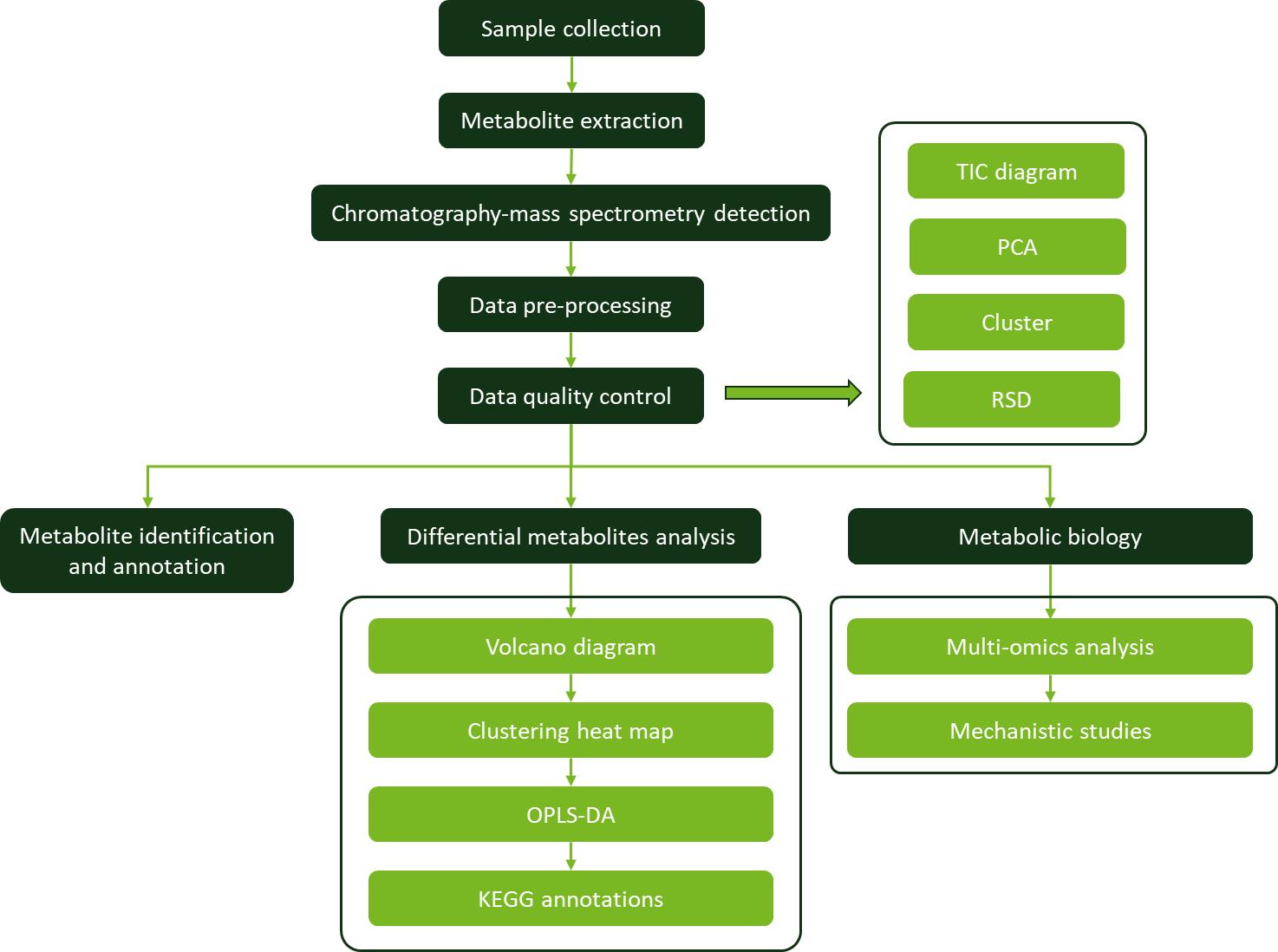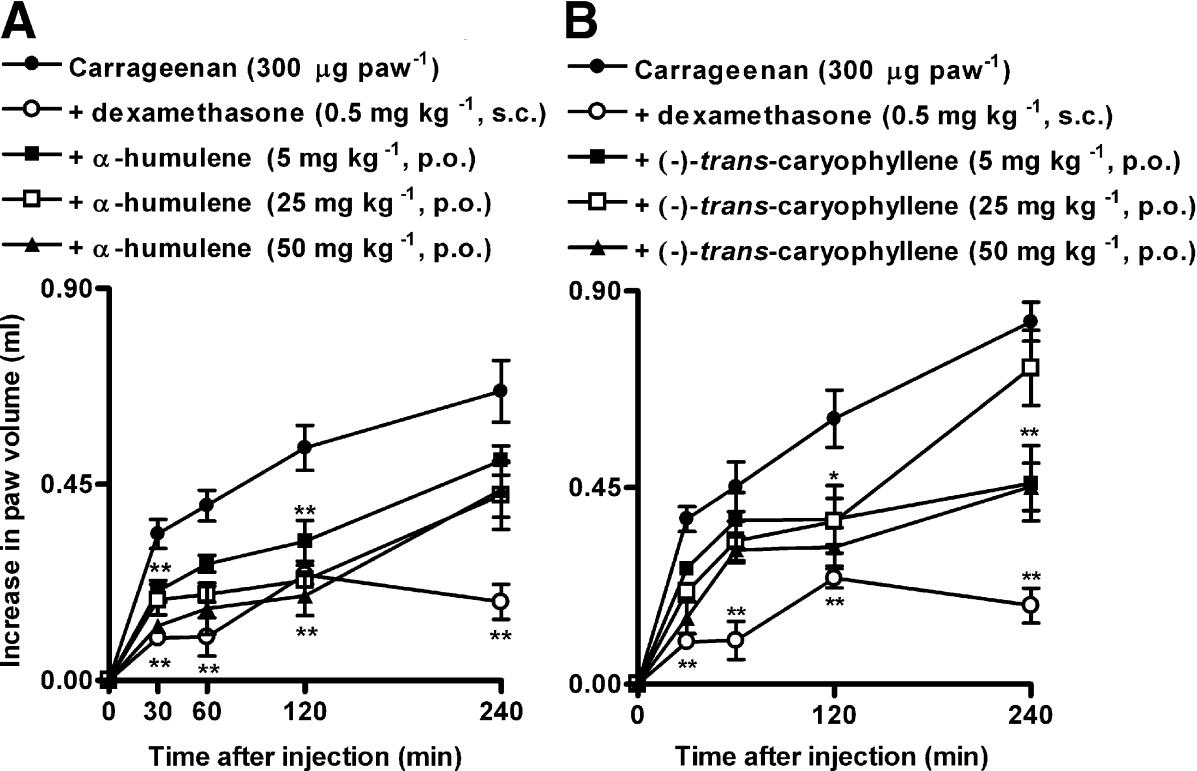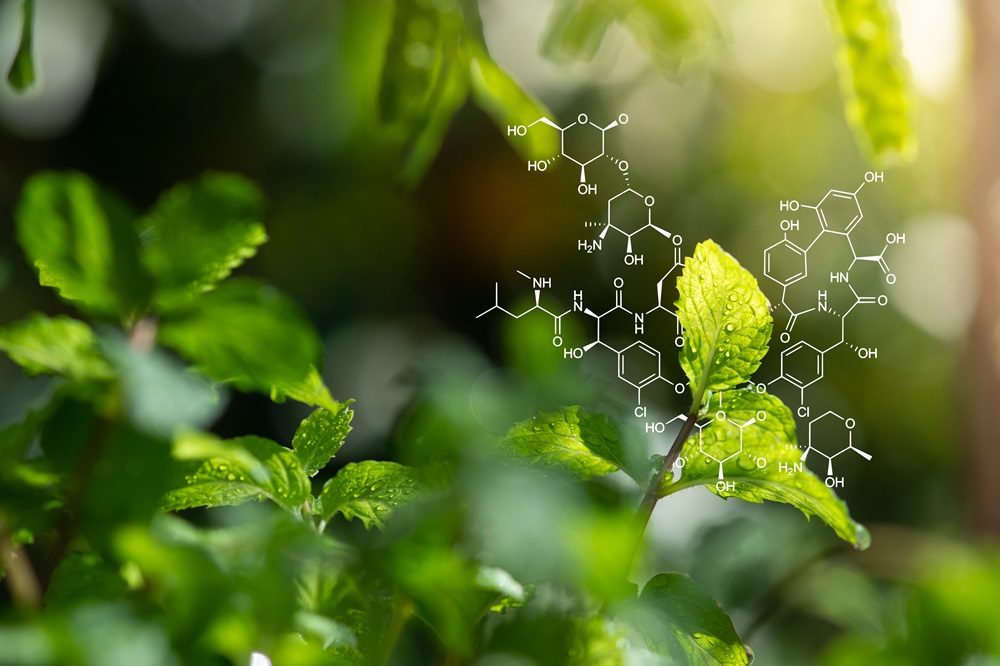What is Humulene?
Humulene, also known as alpha-caryophyllene, is a naturally occurring sesquiterpene characterized by its distinct chemical structure and widespread presence in various botanical sources, including Cannabis sativa, Cannabis indica, hops (Humulus lupulus), and numerous essential oils derived from plants such as basil, clove, and sage. This terpene contributes significantly to the aromatic profile of these plants, imparting an earthy, herbal, and somewhat spicy fragrance. Humulene has garnered considerable attention due to its diverse biological activities, including its anti-inflammatory, antibacterial, and anticancer properties. These attributes make humulene a compound of interest in pharmacological research and potential therapeutic applications.
Humulene analysis is crucial for understanding the biosynthesis, stability, and functional properties of this significant sesquiterpene. By providing detailed insights into humulene's concentration, interactions, and metabolic pathways, the analysis supports research and commercial applications in areas such as plant breeding, essential oil production, and therapeutic development.
Humulene Analysis Services by Creative Proteomics
Creative Proteomics offers a comprehensive range of plant target metabolomics analysis Services, with the humulene analysis service being one of the specialized offerings. Here are the specific services provided under the humulene analysis service:
Qualitative and Quantitative Humulene Profiling: This service includes the precise identification and quantification of humulene in plant samples. By using advanced techniques, we ensure accurate profiling of humulene levels.
Comparative Humulene Analysis: This service involves comparative analysis of humulene content across different plant species, cultivars, or treatment groups. By employing statistical and bioinformatics tools, we provide insights into the variation of humulene concentration and its correlation with other metabolic pathways.
Humulene Metabolic Pathway Analysis: This service focuses on mapping and analyzing the metabolic pathways associated with humulene biosynthesis. We use targeted metabolomics and gene expression analysis to elucidate the key enzymes and regulatory mechanisms involved in humulene production.
Humulene Stability and Degradation Studies: This service assesses the stability of humulene under various storage conditions, temperatures, and light exposure. We investigate the degradation products of humulene and their potential impact on the overall terpene profile.
Humulene Extraction Optimization: Creative Proteomics offers customized extraction protocols to maximize the yield and purity of humulene from plant tissues. We evaluate different extraction methods, solvents, and conditions to determine the most efficient process for humulene isolation.
Humulene Interaction Studies: This service explores the interactions between humulene and other plant metabolites or external factors. We study the synergistic or antagonistic effects of humulene with other terpenes, flavonoids, or environmental stimuli.
Methods and Instrumentation for Humulene Analysis
The accurate analysis of humulene requires the use of sophisticated analytical techniques capable of separating, identifying, and quantifying this terpene in complex mixtures. At Creative Proteomics, we employ the following techniques and instrumentation to ensure the highest quality of humulene analysis:
Gas Chromatography-Mass Spectrometry (GC-MS) is the cornerstone of our humulene analysis. This technique combines the separation capabilities of gas chromatography (GC) with the detection power of mass spectrometry (MS), allowing for the precise identification and quantification of humulene.
- GC: The gas chromatograph separates humulene from other terpenes and compounds based on their volatility and interaction with the chromatographic column. This separation is essential for accurate quantification and identification.
- MS: The mass spectrometer detects and identifies humulene based on its mass-to-charge ratio (m/z). The unique mass spectrum of humulene serves as a molecular fingerprint, allowing for its precise identification even in complex mixtures.
Instrumentation: Thermo Scientific™ Orbitrap Exploris™ 480 Mass Spectrometer. This GC-MS setup is optimized to detect humulene at trace levels, ensuring accurate and reproducible results across a wide range of sample types.
In addition to GC-MS, we also employ Liquid Chromatography-Mass Spectrometry (LC-MS) for the analysis of humulene in non-volatile matrices or where derivatization is required. LC-MS is particularly useful for analyzing complex biological samples where humulene may be present at very low concentrations.
- LC: In humulene analysis, the choice of stationary phase and mobile phase composition is critical for achieving optimal separation. We use a reverse-phase LC method that effectively separates humulene from other compounds, enabling accurate identification and quantification.
- MS: In humulene analysis, the mass spectrometer operates in tandem with the liquid chromatograph to detect humulene ions after they have been separated from other sample components.
Instrumentation: Thermo Scientific™ Q Exactive™ Plus Hybrid Quadrupole-Orbitrap™ Mass Spectrometer.

Applications of Humulene Analysis
Pharmaceutical Research: Accurate quantification of humulene in plant extracts and formulations is essential for developing new therapeutic agents and understanding the compound's pharmacokinetics and pharmacodynamics. Our Humulene Analysis Service supports drug discovery and development by providing detailed data on humulene concentration and its interactions with other bioactive compounds.
Cosmetic Industry: Humulene's anti-inflammatory and antimicrobial properties make it valuable in cosmetics, where accurate analysis ensures product quality and effectiveness.
Agricultural and Environmental Sciences: In agriculture, humulene's insecticidal properties make it a candidate for natural pest control solutions. The analysis of humulene in plant tissues and essential oils can inform breeding programs and the development of environmentally friendly pesticides.
Food and Beverage Industry: Humulene is also a key component in the flavor and aroma profiles of various food and beverage products. Accurate analysis of humulene content is essential for quality control in the food and beverage industry, ensuring product consistency and consumer satisfaction.
Sample Requirements for Humulene Analysis
| Sample Types |
Volume/Weight Requirements |
Storage Conditions |
Biological Repeat |
| Plant Samples |
Fresh or dried plant material, such as leaves, stems, or flowers, containing humulene |
1-5 g |
Refrigerated at 4°C |
3-6 |
| Liquid Samples |
Extracts, essential oils, or solutions containing humulene |
1-2 mL |
Refrigerated at 4°C |
| Specialty Samples |
Custom or rare samples, including micro-extractions or highly concentrated humulene isolates |
0.5-1 g or 0.5-1 mL |
Frozen at -20°C |
Case. Anti-inflammatory effects of compounds alpha-humulene and (−)-trans-caryophyllene isolated from the essential oil of Cordia verbenacea
Background
The study investigates the anti-inflammatory properties of two sesquiterpenes, α-humulene and (−)-trans-caryophyllene, isolated from the essential oil of C. verbenacea. This plant is used in traditional medicine for its anti-inflammatory and analgesic properties. The study builds on previous findings that indicated the essential oil of C. verbenacea exhibits significant anti-inflammatory effects in rodents, and it aims to evaluate the specific contributions of α-humulene and (−)-trans-caryophyllene to these effects.
Samples
The research focused on two sesquiterpenes isolated from the essential oil of C. verbenacea:
- α-humulene
- (−)-trans-caryophyllene
These compounds were tested in various experimental models to assess their anti-inflammatory efficacy.
Technical Methods Procedure
Isolation and Purification:
- The sesquiterpenes were isolated from the essential oil using silica gel chromatography.
- Gas Chromatography-Mass Spectrometry (GC-MS) was employed for identification and quantification, with the compounds achieving purities of 99% for α-humulene and 98% for (−)-trans-caryophyllene.
Animal Models:
- Mice and Rats: Both species were used in the experiments, including Swiss mice and Wistar rats.
- Dosage and Administration: α-humulene and (−)-trans-caryophyllene were administered orally (50 mg/kg) or in varying doses (5–50 mg/kg). Control groups received saline, and dexamethasone was used as a positive control.
Experimental Procedures:
- Carrageenan-Induced Paw Oedema: Used to measure inflammation in the rats' paws.
- Neutrophil Migration: Assessed by measuring myeloperoxidase activity in rat paw tissue.
- Cytokine and Prostaglandin Measurement: IL-1β and TNFα levels were measured in the rat paw, and PGE2 levels were assessed from exudates.
- iNOS and COX-2 Expression: Western blot analysis was performed to evaluate the expression of these inflammatory markers.
- Mouse Paw Oedema: Induced by various agents to test the compounds' effects on different inflammatory models.
- Allergic Models: Oedema and pleurisy induced in actively sensitized mice to assess the compounds' effectiveness in allergy-induced inflammation.
Results
1. Effectiveness in Reducing Inflammation:
α-humulene and (−)-trans-caryophyllene showed significant inhibition of inflammation in multiple models:
- Paw Oedema: Both compounds reduced oedema induced by platelet activating factor, bradykinin, and ovoalbumin in mice. α-humulene was also effective against histamine-induced oedema, while (−)-trans-caryophyllene was not.
- Carrageenan-Induced Oedema: Both compounds reduced inflammation in rat paw oedema models.
2. Cytokine and Prostaglandin Inhibition:
- α-humulene significantly prevented the generation of TNFα and IL-1β, while (−)-trans-caryophyllene reduced only TNFα levels.
- Both compounds decreased PGE2 levels and reduced iNOS and COX-2 expression in carrageenan-injected rat paws.
3. Comparative Effectiveness:
- The anti-inflammatory effects of α-humulene and (−)-trans-caryophyllene were comparable to those observed with dexamethasone, a known anti-inflammatory drug.
 Effect of systemic treatment with (A) α-humulene and (B) (−)-trans-caryophyllene (5–50 mg/kg, p.o., 1 h) on rat paw oedema induced by carrageenan (300 μg/paw). Dexamethasone (0.5 mg/kg, s.c., 4 h) was used as a positive control (A and B).
Effect of systemic treatment with (A) α-humulene and (B) (−)-trans-caryophyllene (5–50 mg/kg, p.o., 1 h) on rat paw oedema induced by carrageenan (300 μg/paw). Dexamethasone (0.5 mg/kg, s.c., 4 h) was used as a positive control (A and B).
Reference
- Fernandes, Elizabeth S., et al. "Anti-inflammatory effects of compounds alpha-humulene and (−)-trans-caryophyllene isolated from the essential oil of Cordia verbenacea." European journal of pharmacology 569.3 (2007): 228-236.



 Effect of systemic treatment with (A) α-humulene and (B) (−)-trans-caryophyllene (5–50 mg/kg, p.o., 1 h) on rat paw oedema induced by carrageenan (300 μg/paw). Dexamethasone (0.5 mg/kg, s.c., 4 h) was used as a positive control (A and B).
Effect of systemic treatment with (A) α-humulene and (B) (−)-trans-caryophyllene (5–50 mg/kg, p.o., 1 h) on rat paw oedema induced by carrageenan (300 μg/paw). Dexamethasone (0.5 mg/kg, s.c., 4 h) was used as a positive control (A and B).





